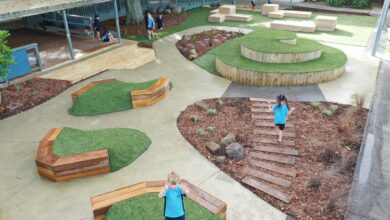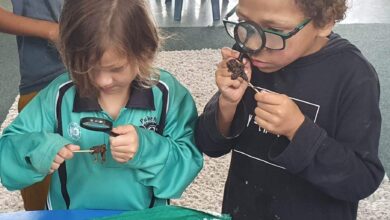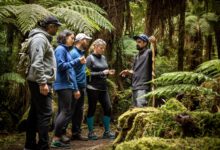Tree Care Essentials (for schools!)
Trees are an asset whose value encompasses aesthetic, physical and ecological benefits…
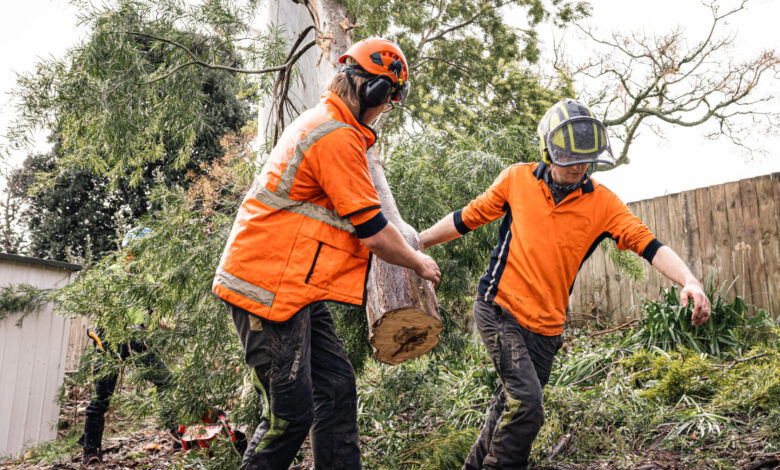
They provide shade and windbreaks, help control noise pollution, attract birds and wildlife and capture rainwater. But trees are far from being a passive asset that can be ignored, and schools must maintain a rigorous maintenance plan to ensure their safety and longevity.
What are schools responsible for when it comes to tree care?
The Ministry recommends that school boards, Principals and Tumuaki comply with local council regulations around protected trees, which are trees that have historical, cultural, or botanical significance.
Our new print magazine is out now! Click here to read online.
Local councils can advise on whether your school has protected trees onsite, and schools may be able to use the Property Maintenance Grant (PMG) to remove protected trees with council consent, as well as for general maintenance work on trees.
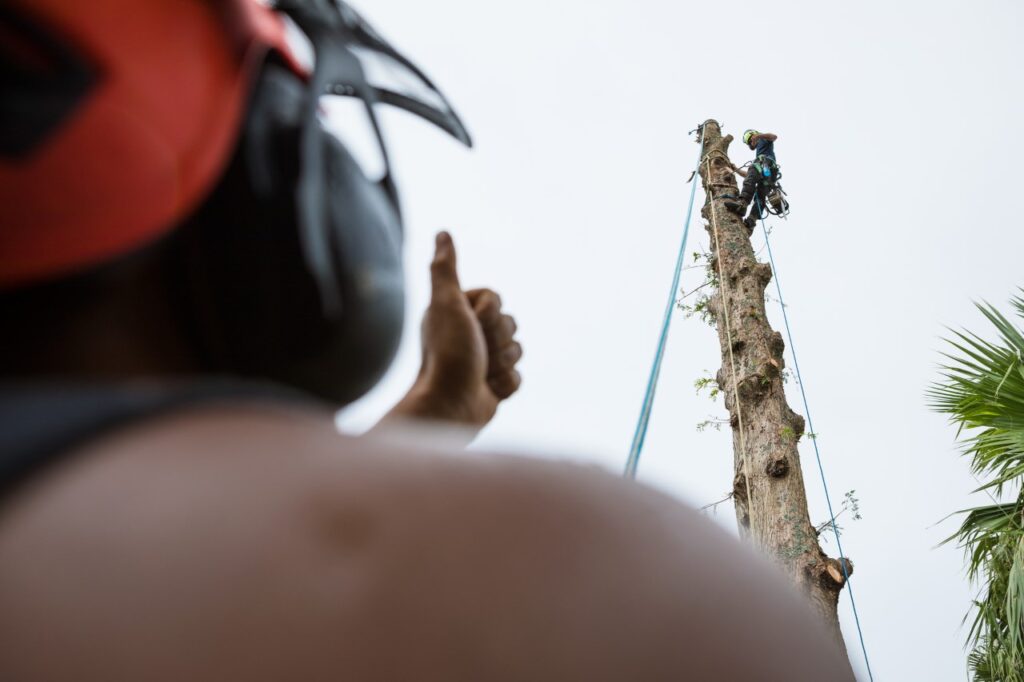
Schools are responsible for maintaining their trees to ensure they do not become a hazard. Dead wood or dead trees are susceptible to weather events as the wood becomes weak and prone to snapping. Fast-growing trees also need regular checks to ensure they do not reach power lines or interfere with building components such as guttering. The Ministry stresses regular tree trimming to prevent hazardous overgrowth and avoid more expensive maintenance once trees become too large. It also recommends removing trees around swimming pools to reduce hazards.
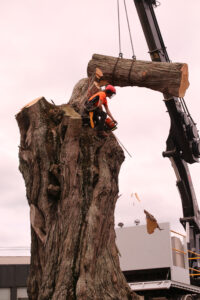
Scheduling regular visual tree inspections and risk analysis for storms and weather events is beneficial long-term. Take into account tree proximity to playgrounds, buildings, and other equipment. It is recommended to always engage a qualified arborist or tree specialist, as they will be able to diagnose signs of disease such as changes in bark patterns that an unqualified individual would not recognise.
Schools should also consider pruning lower branches to discourage children from climbing certain trees where necessary. Root systems can behave very differently in an urban setting such as a school with hard-top sports courts alongside water-hungry sports fields, so assessment of what is below the ground is just as essential, as visually assessing trunks and branches.
Tree Maintenance Industry Expertise For Schools:
For Tree Fellas’ Ryan Kneebone, trees and schools have an intricate and important relationship:
When I think of trees on school grounds, I think of big established schools like Sacred Heart College in Auckland, of which I am an old boy.
“Running from class to class with huge canopies above you is a memory I’m sure a lot of past and present students will always remember as the old adage, the trees you plant now, you plant for your children and their children.
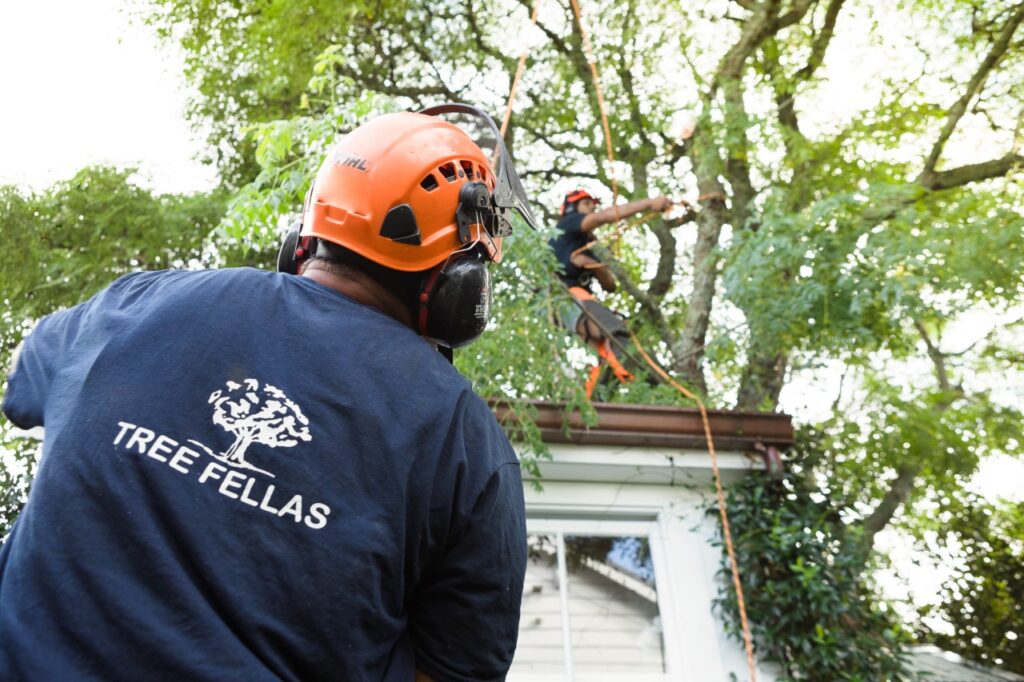
“Recent US studies have shown that students with a view of greenery or a tree seemed to recover from mental fatigue faster and focused longer, retaining information better.
“Trees are vital to school grounds, and we need to remember that they are assets that should be managed accordingly. Poor tree care is usually irreversible and can lead to all sorts of safety issues and a decline in health, which can result in trees having to be removed at a high cost to the tree owner.
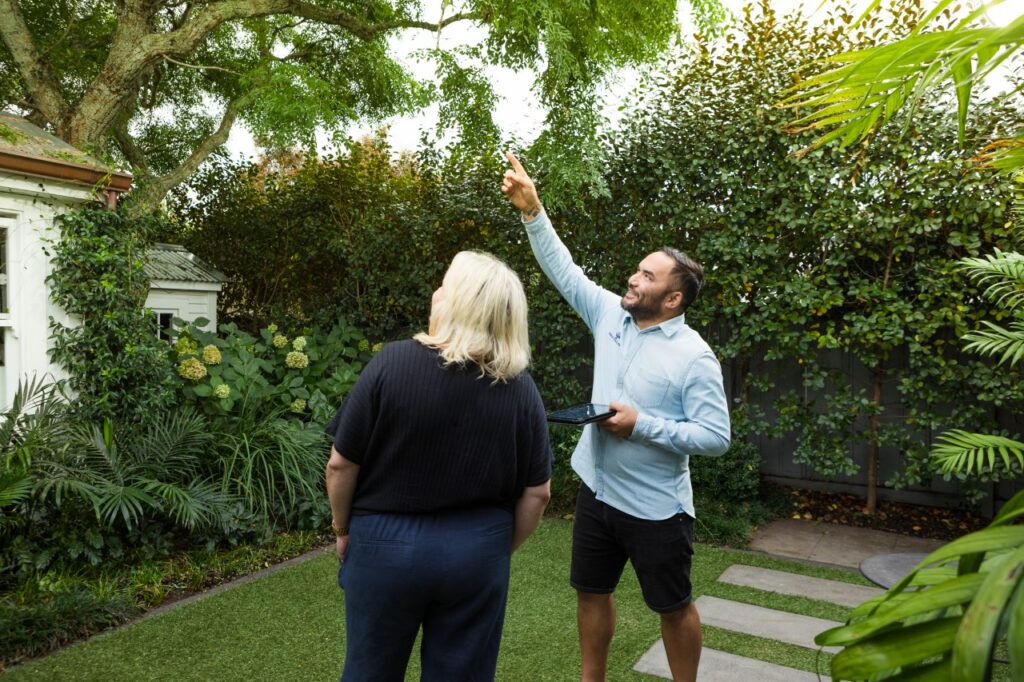
“The most proactive thing an asset owner can do is have their asset managed by a professional.
Most arborists who manage large entities like schools should have experience in doing so.
Knowing how a large avenue of trees will react to certain types of pruning is important as it could be disastrous for those trees and the significant and aesthetic value they hold for the school.
“The best starting point is always with sound advice, as most trees are fine being left alone to mature into champion trees while some are planted with issues from the start. A qualified arborist should be able to identify health issues and a good arborist further qualified in tree risk assessment should be able to assess what is ‘safe’ and what is ‘not safe’ as well.”
Scott Geddes from Auckland Tree Services warned us that “schools should strive to audit their trees on a yearly basis and carry out at least the work identified as urgent”.
“Larger and older trees provide exponentially more ecological value and connecting students with their environment can play a huge role in shaping who they are and how they make decisions. Given the climate crisis that we are in, this is important now more than ever. Trees are an asset to any school and provide countless benefits to the local environment but maintenance is vital to get the most out of these benefits.
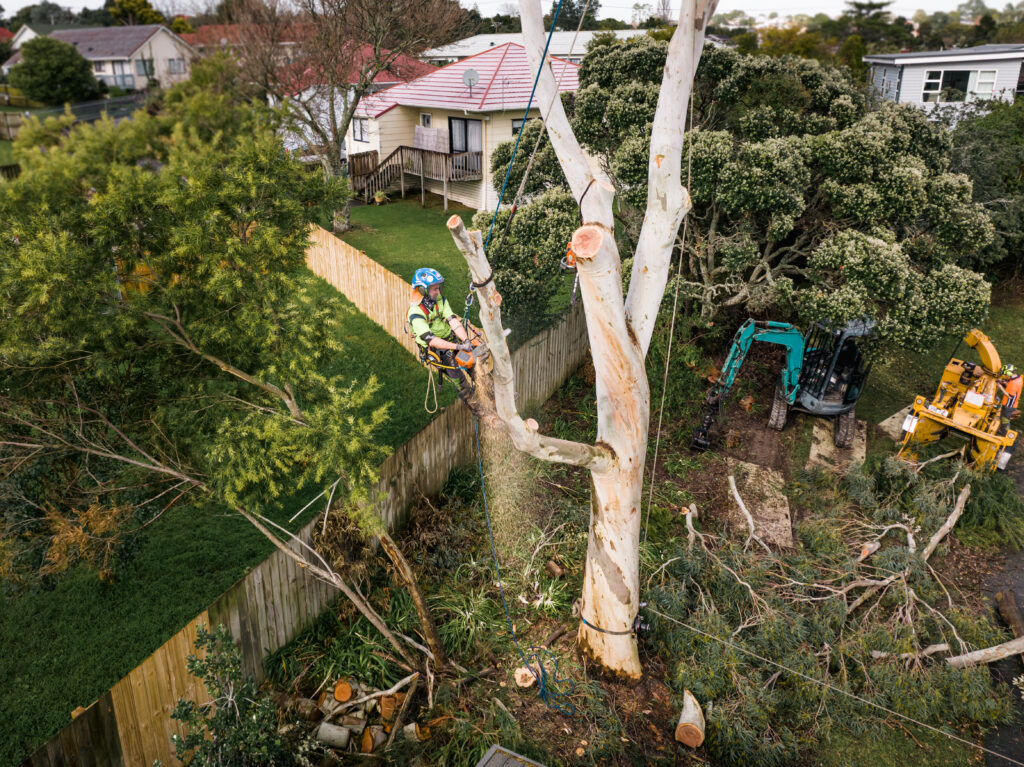
“I have worked on many scheduled (protected) trees in the past, even as recently as this month for one central primary school, as well as being involved in the removal of a large, previously protected Macrocarpa on a prominent site in central Auckland. These are usually just a case of reading and adhering to the consent conditions from the council.
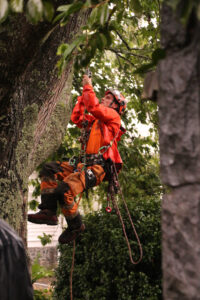
“As for culturally significant trees, the process is usually done in conjunction with Iwi, and special conditions are often required, such as a karakia at the beginning of the work, and in the case of culturally sensitive sites, cranes and helicopters are sometimes used to lift the pieces off to ensure that there is no damage to the ground.
“The gold standard for assessment and inspection is to seek a consultant arborist, or an arborist consultancy company. They generally have far more robust systems for assessing and reporting on tree related risks, as well as a higher education to help them understand more about the health and biomechanics of the trees that they are assessing.
“For the best bang for your buck, get a free quote from a reputable tree work company, and ask them to look around the site for hazardous trees or limbs and quote to rectify it.”


